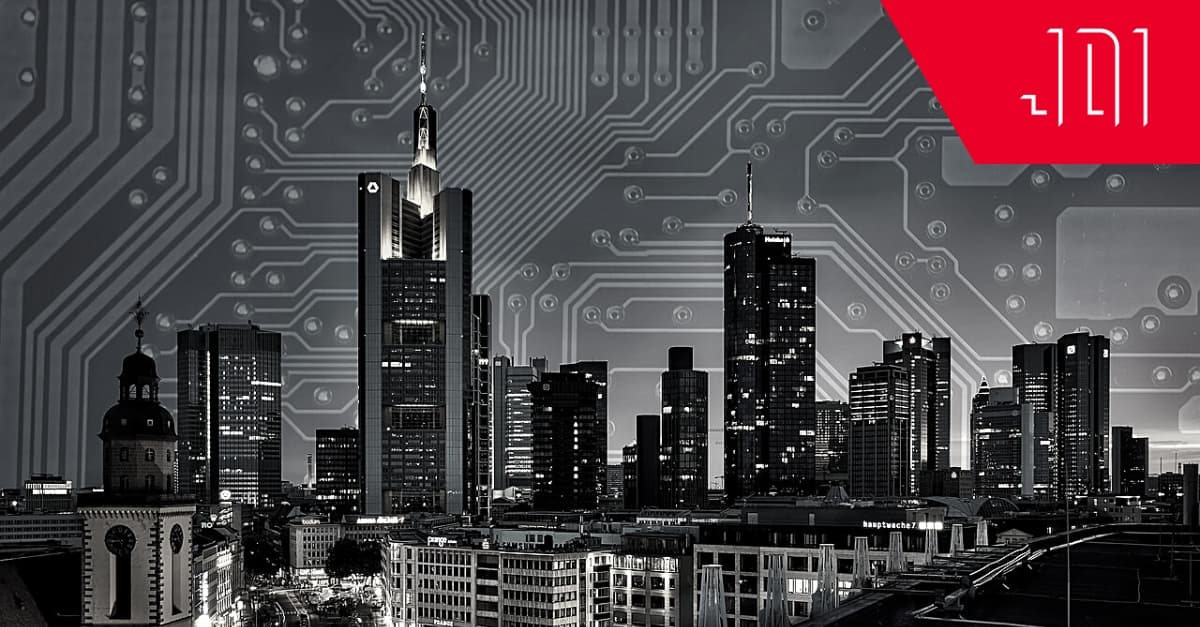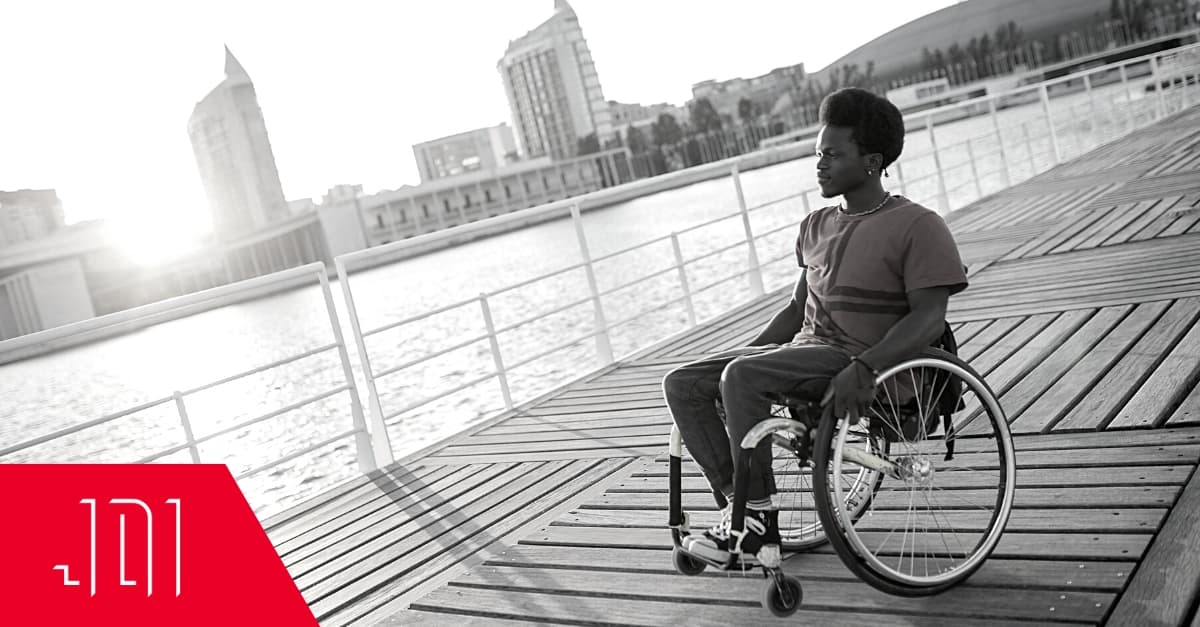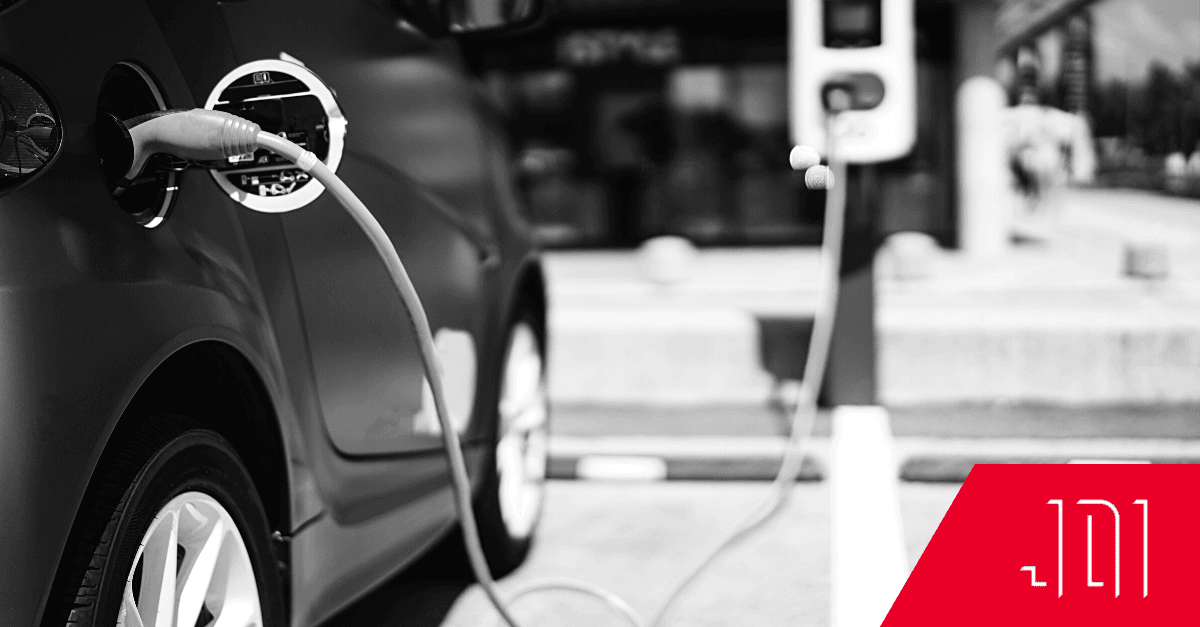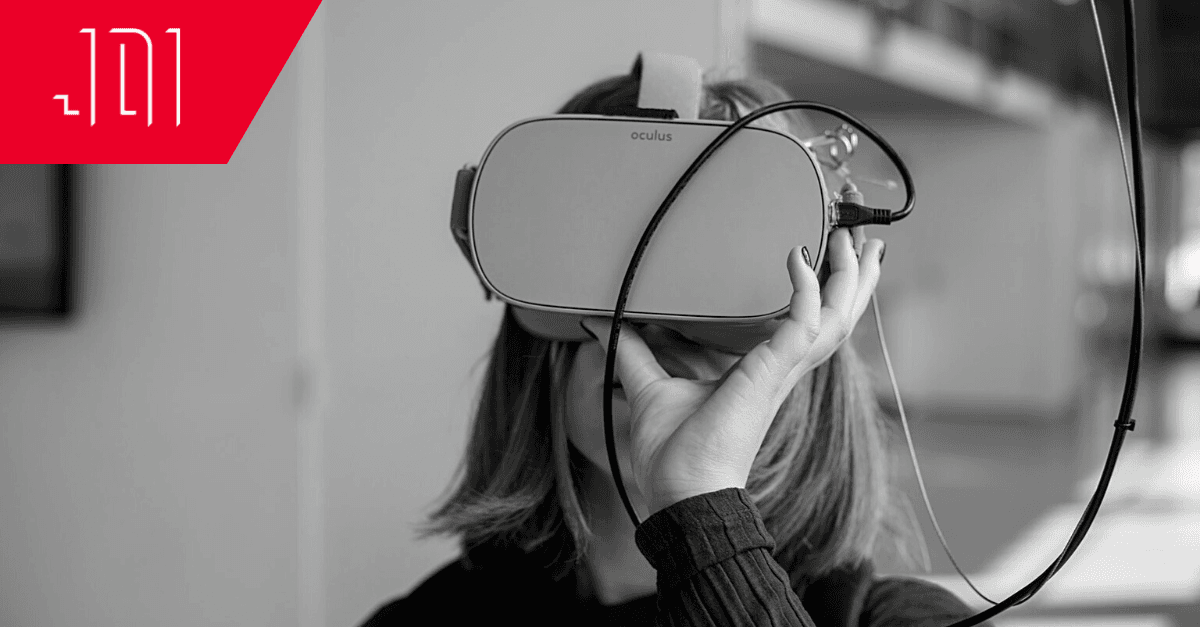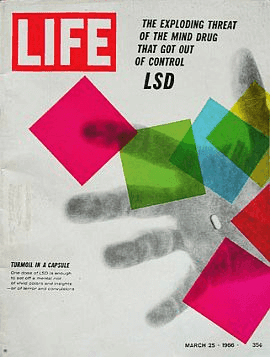From Hype to Inclusion: Building an Ethical and Accessible Internet of Things
IoT has always had a techno-futurism slant to it, but its potential has yet to coalesce into anything comprehensive. Getting consumers to engage with IoT has led brands scrambling desperately to appeal to the masses with niche use cases that are more neat than necessary: like your fridge talking to your phone to let you know when you’re out of milk. But the truth in implementation is that even when these devices do work, they end up being a bunch of competing systems that have a hard time talking to each other.
This lack of clear communication between systems isn’t just frustrating and inconvenient; it can also be potentially harmful for people who have come to rely on smart devices. Potential safety hazards abound when a smart home security system can’t alert a homeowner by text or phone, or a smart doorbell doesn’t connect with the smart lock right next to it. Addressing this challenge of interoperability is especially important for the growing field of assistive technology (AT).
ATs have historically been designed with the aim of making life more manageable for people with disabilities: as the need for adjustment arises, the tech follows. However, the introduction of Big Data, cloud computing, and access to AI could flip the script for IoT. What if AT devices aren’t invented reactively? What if instead the future of IoT is structured to pre-emptively suggest and accordingly accommodate day-to-day living for all types of humans?
The Evolution of Assistive Technology
Assistive Technology (AT) is any item, piece of equipment, software program, or product system that is used to increase, maintain, or improve the functional capabilities of persons with disabilities. Most are familiar with assistive technology that has been integrated into the everyday lives of disabled people: walking sticks, wheelchairs, hearing aids, and Braille interfaces, to name a few. However, the pairing of AT with IoT could bring about adoption of more future-facing accessibility laws and regulations that rocket past mere compliance with the Americans with Disabilities Act.
The last twenty years have seen major leaps in AT. Screen readers come standard on just about every computer and smartphone, and there are plenty of apps to download if you want personalized extras. Speech to text software has also come a long way with the help of AI assistance. Iphones are able to pair with hearing aids through bluetooth, which allows users to adjust what they would like to hear, and how, through simple adjustments on the phone.
Augmentative and Alternative Communication devices are designed to help people with speech difficulties communicate with verbal speakers. Users can choose from varying symbol systems that fit their individual needs, and are able to incorporate smart speakers, smart tables, and any other appropriately connected devices for use in schools, offices, and homes. Advancements in prosthetic technology can now even return a sense of touch to amputees.
AT is life-changing for its users, but finding the necessary care and technology is often difficult and costly. The World Health Organization estimates that 2.5 billion people need one or more assistive products, and that the number will climb to over 3.5 billion by 2050. However, the technology has historically been so expensive to replicate for individuals that many disabled people use either outdated technology or nothing at all. Children, for example, need updated prosthetics as their bodies change, and uninsured/underinsured families are often at a loss for how to provide devices necessary for healthy growth.
Devices like prosthetics have also been difficult to mass-manufacture. While we have a variety of molding materials, all bodies are different and require specialized fittings. Modular systems like the ones produced by Ottobock are becoming standard, given the ease with which they can be customized. Hearing aids, too, were once thought to be one-size-fits all, but as hearing and speech science have progressed, we now understand that the ability to customize both fit and tech based on prescription and usage provides a much better life experience for the user.
These are only a couple of reasons that about 1 billion people do not have access to the AT they need. AT programs are not integrated at adequate levels into the healthcare systems across the globe, and many people either go without or are forced to pay out of pocket for substandard or outdated technology. Unfortunately, healthcare systems have also institutionally struggled to meet patients with AT needs where they are.
Enter IoT: AT has benefited from the technological boom in ways that we never thought possible just a few decades ago. Now combine the current state of AT with the possibilities of IoT, and watch the world become a richer, more equitable experience for absolutely everyone.
Better Communities for Everyone
The UN Convention on the Rights of Persons with Disabilities recognizes that AI "has the potential to enhance inclusion, participation, and independence for people with disabilities." There’s also evidence that a more holistic approach will become standard. With the help of generative/predictive AI, AT can involve entire teams of support, including therapists, doctors, and primary users.
If ATs can become more holistic in their approaches to human care with the help of AI and IoT, there’s no reason the rest of the world can’t follow. This is the design thinking behind urban sensing, through which cities can be transformed into community spaces that are both efficient and inclusive. Urban sensing can result in spatial, temporal, and attribute data for analytics that improve navigation experience and, ultimately, the safety and autonomy of people of all ages. Studies indicate that safety, health, and connectedness can all be vastly improved when smart cities are optimized to keep traffic to a minimum, monitor air and water quality, and connect neighborhoods through community engagement and information sharing. ATs will thrive in this interconnected environment.
Wayfinder apps like Autour and Evelity and Concept 3D are designed to help sight-impaired adventurers and wheelchair users identify and navigate safe, accessible routes through public spaces. With the right collaboration, urban sensing will encourage city planners to design these accessible routes more frequently, thereby eliminating both social and attitudinal barriers to retrofitting existing infrastructure.
AI-infused facial and object recognition technology make online and in-person conversations safer for just about everyone, and tech like the one provided by Transcribe Glass provide captioning for conversations happening in real time for people with hearing loss. The product is a conduit between “affordable speech-to-text converters such as Otter.ai or Google’s Live Transcribe and a simple pair of glasses.” Creator Tom Pritsky, who has bilateral hearing loss, wanted a way to “see the conversation.” With simple recording features already available on most transcription platforms, people with access to this technology will be able to revisit previous conversations and see their conversations whenever they like.
This may sound like the beginning of a terribly predictable science fiction movie. We all know how that movie ends, and it’s not great for humankind. However, researchers are already considering best practices around security, privacy and consent on a massive scale. Because most people are already “generally unaware of the devices collecting data about them and do not know the organizations operating them,” smart city planners are creating what they call “seamful” interactions with the environment. Instead of wondering about where the cameras are, who is recording, and what is happening with the collected data, participants in public smart city life will be able to see clearly the types of urban sensors that are activated by their presence.
Sure, this particular IoT is a far cry from the smart home system that can alert you when the cats have knocked over the trash can (again). But it was always only a matter of time before we began to move past the novelty of AI and start using it to fulfill our basic human needs to communicate better, provide more safety in our communities, and enhance our every day experiences with one another.

